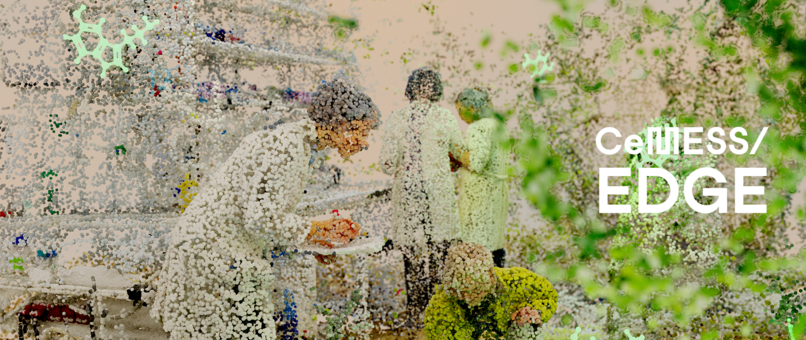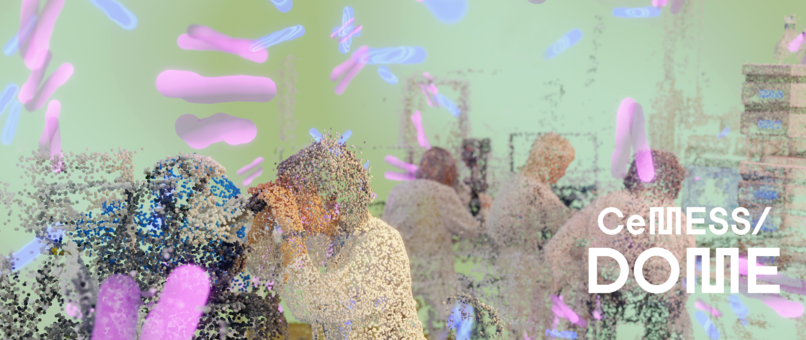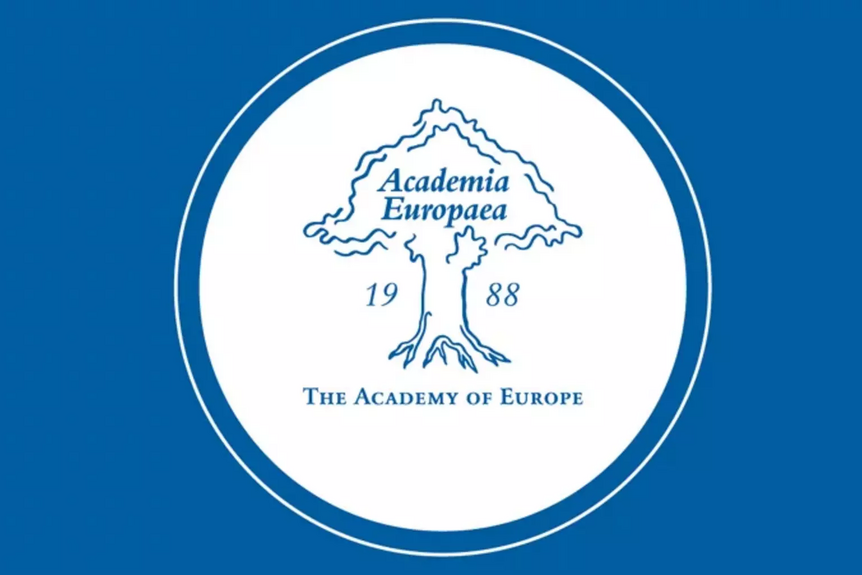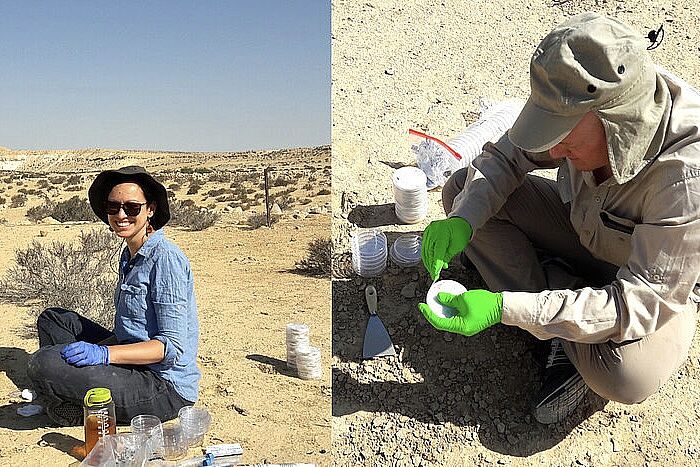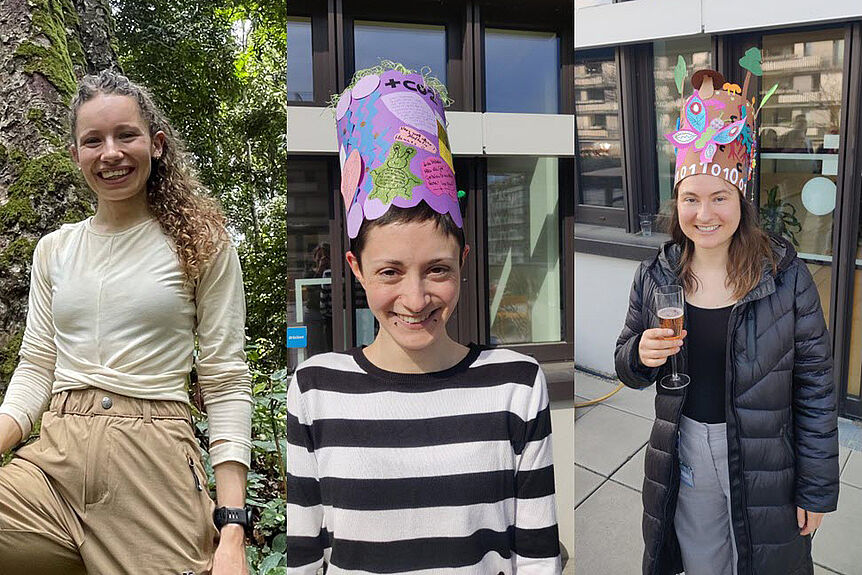About Us
The Centre for Microbiology and Environmental Systems Science (CeMESS) at the University of Vienna combines rapidly developing research areas of high societal relevance. Our Centre consists of four Research Divisions spanning microbiology, bioinformatics, ecology and environmental systems science.
This multidisciplinary approach empowers us to comprehensively investigate those critical biotic and abiotic processes that shape our bodies, ecosystems, and our planet at large. Our research provides critical insights that address pressing global challenges, from human to environmental health.
News from our Centre





